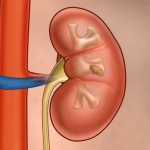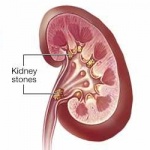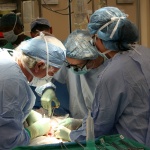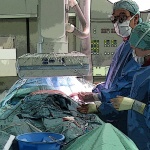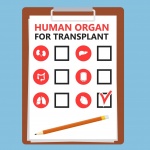
Sponsored • Progressing with a strong partner
Xenios and Fresenius Medical Care take the next step to multi-organ support
In October 2016, Xenios became a part of Fresenius Medical Care (FME), the world’s leading provider of products and services for people with chronic kidney failure. The integration of the expertise from FME and Xenios and thus the combination of the companies’ competences strongly enhances treatment options in critical care within the intensive care unit (ICU) of hospitals across the world.…








